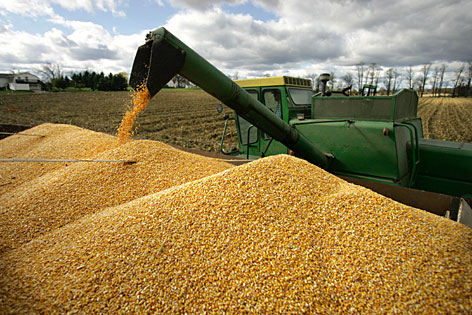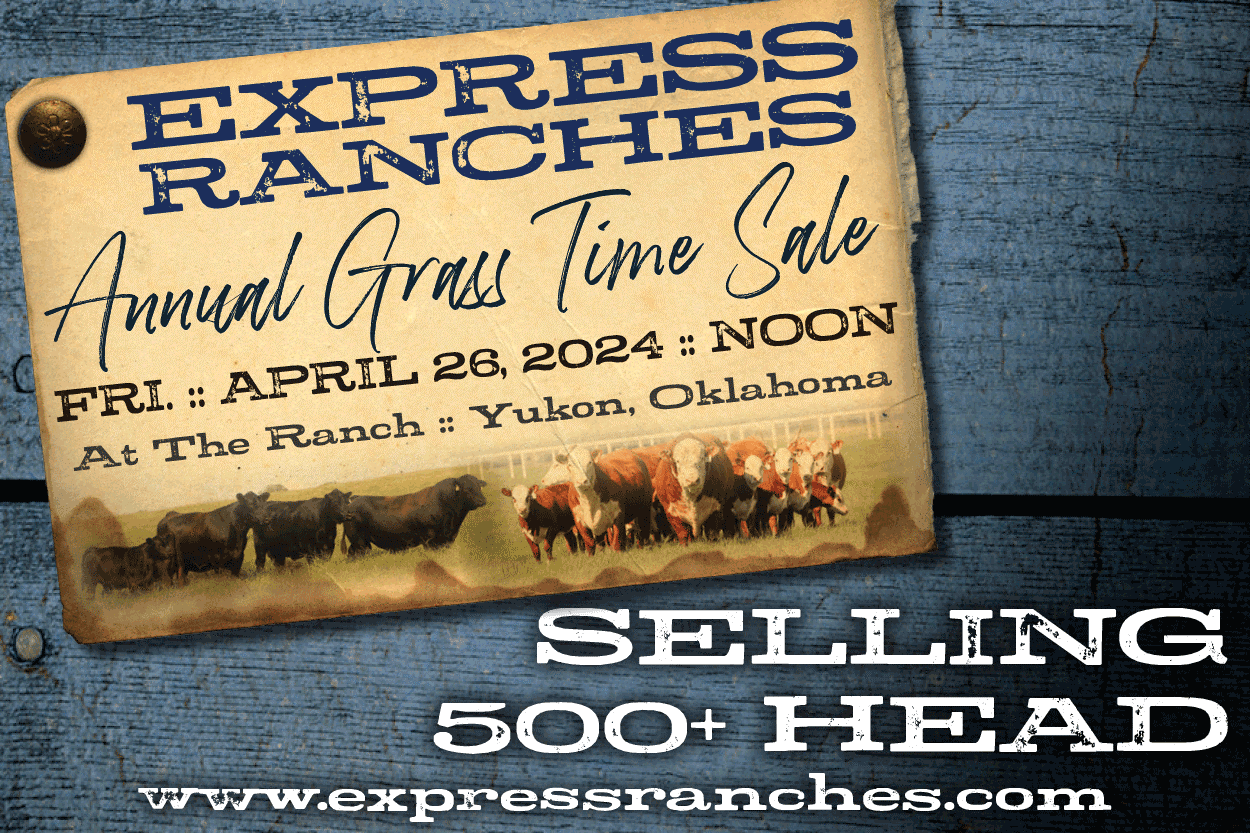
Beef Buzz News
High-Priced Grain Supplies Worrisome for Livestock Producers Trying to Rebuild Herds, Close Says
Wed, 01 Aug 2012 13:06:05 CDT

With corn prices hitting an all-time high this week, Don Close, vice-president of Rabobank's Food and Agribusiness Research and Advisory Group says there's ample reason for worry by confinement livestock producers.
In the second part of a two-part Beef Buzz interview with Ron Hays, Close said he believes there will be sufficient forage for cattle in non-confinement operations this winter, but tightening grain markets are worrisome. (Click on the LISTEN BAR at the bottom of the story for today's Beef Buzz.)
"I have much more concern for the confined animal industry with broilers, hogs, and cattle feeding with our available supply of feed grains for the coming year. It's going to be much more of a bigger issue than will be roughage for outside cattle."
He said sourcing grain is going to be a big problem.
"There's going to be keen competition for available supplies of grain, very likely to levels unlike anything we've seen in modern history. The 900-pound gorilla in the room in that whole debate is the ethanol issue and just how much grain will be consumed how much will they slow down with distillers' margins upside down. There's a huge uncertainty on the feed grain side."
Many livestock industry organizations have targeted the EPA's ethanol mandate under the Renewable Fuel Standard as an unnecessary competitor for feed stocks given the serious ongoing drought all across the nation's the grain belt. The EPA recently rebuffed calls by the organizations to waive the RFS mandate and ease pressure on grain prices. The controversy has pitted livestock producers against corn growers.
"That's going to be the hot issue of discussion," Close said. "It's my understanding at this point in time that the EPA has been requested to come with an answer to lowering the mandate and they're looking for something in November. Another key component in that debate right now is the upcoming election and the likelihood that nothing will happen until after that."
Coupled with falling prices for cattle in June and early July, he said livestock producers are taking huge hits.
"It's been rough. It's been rough. Part of the decline in prices falls back to that whole LFTB issue and the temporary loss in demand that we had in association with that story. And the part that's made this so difficult on cattle feeders is just with the first costs we had in the cattle that were on feed and then have an unexpected three-dollar-a-bushel run-up in feed grain prices-just the combination of those two factors has been horrible."
Close said a defensive strategy, at this point, appears to be the wisest course of action for livestock producers. He said there are three things producers should consider for the rest of 2012 and into 2013:
"I think, given where total cattle inventory numbers are today, as an industry we need to look at preserving that breeding herd and have that base to recover when we do get rain.
He said a second consideration for producers who need to send livestock to the feedyard is to "be looking at where that feed source is going to come from and lock in as much feed costs as is absolutely possible.
"The third item and I know producers get tired of hearing this answer, but in these kind of market conditions it is absolutely critical to have a well-defined risk-management plan in place and to monitor and adhere to that plan."
Close said the number of cows and heifers available to rebuild herds decimated by the drought has reached critical lows, and we won't see a rebound any time soon, so prudent management appears to be the most sound course of action for the foreseeable future.
"The mid-year cattle inventory report that was released a year ago had heifers kept for breeding unchanged from a year ago. And out of that whole report the two to three percent decline in cow numbers given the decline we'd seen in last January's report, that one wasn't a real big surprise that we had to be prepared for that. But the fact that we had started to see some heifer retention in the January report and now conditions have eroded and we're back to unchanged, in my view, that was the most disheartening aspect of that mid-year inventory report-that we had started that recovery and have lost ground. Given the severity of the drought conditions that we've already discussed, does this set us back two years, three years on that recovery process? It very likely does."
Click on the LISTEN BAR below to hear today's Beef Buzz. You'll find the first half of the two-part interview by clicking here.
The Beef Buzz is a regular feature heard on radio stations around the region on the Radio Oklahoma Network- but is also a regular audio feature found on this website as well. You can check out our archives for older Beef Buzz shows covering the gamut of the beef cattle industry today.
WebReadyTM Powered by WireReady® NSI
Beef News



















